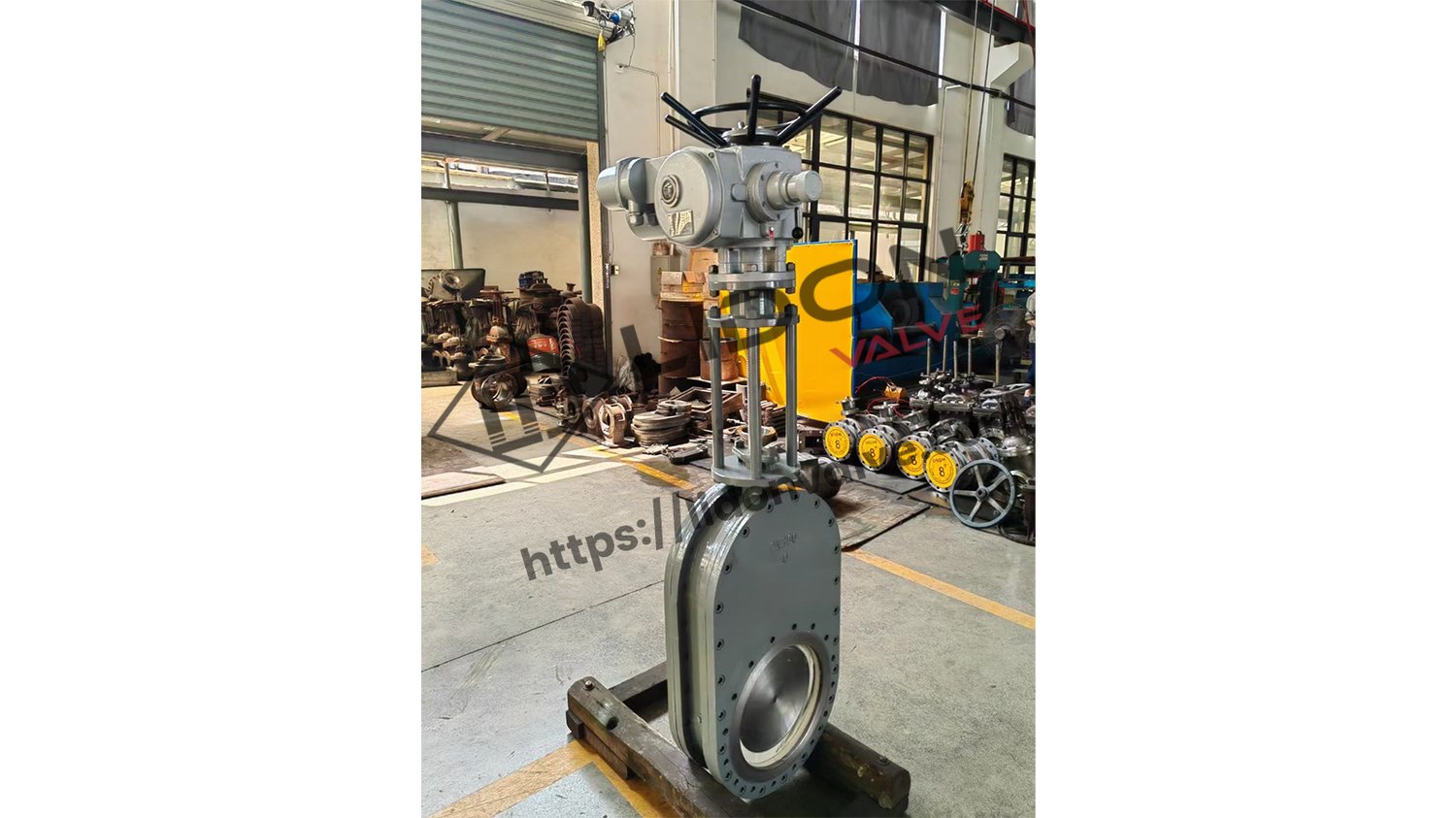what is a discharge valve: A Comprehensive Guide
When it comes to fluid control systems, discharge valves play a crucial role. These valves are designed to regulate the flow of fluids by opening and closing the passage. But what exactly is a discharge valve? In this comprehensive guide, we will explore the different aspects of discharge valves and their importance in various industries.
The Basics of Discharge Valves
Discharge valves are mechanical devices used to control the flow of fluids, gases, or even solids through a pipe or a duct. They are commonly found in industries such as oil and gas, chemical, pharmaceutical, and wastewater treatment. The main purpose of a discharge valve is to allow or restrict the flow of fluids, preventing any backflow or leakage.
Types of Discharge Valves
There are several types of discharge valves, each with its unique design and functionality. Let's take a closer look at some of the most commonly used types:
1. Gate Valves
Gate valves are widely used in both residential and industrial applications. They consist of a gate or wedge-shaped disc that slides in and out of the flow path. When the valve is open, the gate lifts to allow fluid flow, and when closed, it creates a tight seal to prevent any leakage.
2. Ball Valves
Ball valves, as the name suggests, have a ball-shaped disc with a hole in the center. The ball rotates within the valve body to control the flow. When the hole aligns with the pipe, the valve is open, and when the ball is rotated to block the flow, the valve is closed.
3. Butterfly Valves
Butterfly valves are lightweight and versatile valves that consist of a disc mounted on a rotating shaft. When the disc is parallel to the flow, the valve is open, allowing fluid to pass through. On the other hand, when the disc is perpendicular, it creates a seal and stops the flow.
4. Check Valves
Check valves, also known as non-return valves or one-way valves, allow fluid to flow in only one direction. They prevent backflow by automatically closing when the flow reverses. Check valves are commonly used in pump systems to prevent damage caused by reverse flow.
Importance of Discharge Valves
Discharge valves are essential for the efficient operation of various industrial processes. Here are some key reasons why discharge valves are important:
1. Flow Control
The primary function of discharge valves is to control the flow of fluids. By opening or closing the valve, operators can regulate the amount of fluid passing through a system, ensuring optimal performance and preventing overload or underutilization of equipment.
2. System Protection
Discharge valves play a crucial role in protecting the overall system from damage. By preventing backflow, they ensure that fluids flow in the intended direction, reducing the risk of contamination, erosion, or pressure surges that could lead to equipment failure.
3. Safety
In industries dealing with hazardous substances, discharge valves are essential for maintaining safety. By shutting off the flow during emergencies or when repairs are needed, these valves prevent the release of potentially harmful materials, protecting both workers and the environment.
4. Energy Efficiency
Properly functioning discharge valves contribute to energy efficiency by optimizing the flow rate and minimizing energy losses. By controlling the flow, these valves help reduce unnecessary pumping or heating, resulting in significant energy savings.
Conclusion
Discharge valves are vital components in fluid control systems, allowing operators to regulate the flow of fluids, gases, or solids. With various types available, each suited for specific applications, discharge valves play a crucial role in ensuring the efficiency, protection, and safety of industrial processes. Understanding the basics and importance of discharge valves is essential for anyone working in industries where fluid control is critical.

